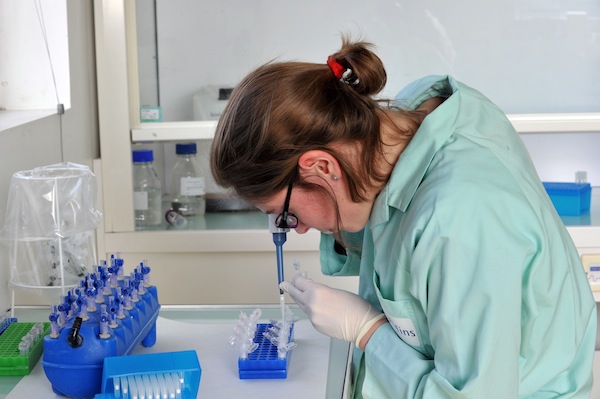Within five years, we could find out how genetically predisposed we are to developing certain types of cancer. Through DNA screening, the most susceptible of us will be prompted to adapt our lifestyles accordingly and ultimately reduce the risk of developing the disease. The breakthrough has been hailed as the ‘the biggest leap forward yet in understanding the genetic basis of cancer’. But at what cost?
The good news is clear enough. Researchers at the Institute of Cancer Research and Cambridge University have identified 74 ‘single nucleotide polymorphisms’ – small physical elements found on human DNA – that correlate with the probability of developing ovarian, breast and prostate cancer. Of these, 16 are linked with the more aggressive forms of cancer.
The idea is to introduce a nationwide saliva-based screening test to the NHS, which would cost the government £5 per person – a negligible amount compared to the hundreds of thousands currently spent on some patients suffering from progressive cancer. Given that one in eight women can contract breast cancer alone, the screening – if it works – may give millions of people the news that they are at risk from one of Britain’s biggest killers.
Those given a ‘high-risk’ profile would be monitored more closely to catch cancers before they proliferate. The advantage is obvious: there’s a far better chance of treating cancer if it’s caught in its earliest stages. But many would go through a lifetime of worry for nothing, since the 1 per cent of women and men who fall into the ‘high risk’ category of breast and prostate cancer will experience a 50/50 chance of developing the disease. Therefore, half of those who never develop the disease will spend their life under a cloud.
Also, there are depressingly few preventative measures available for the cancers in question. For those predisposed to ovarian cancer, the main options are limited to a double mastectomy or having your ovaries removed. The technology that allows people to be screened also opens up the possibility of people taking drastic preventative action for no reason, and those diagnosed as being low-risk may start to live unhealthy lives under the misconception that they are indestructible, making them more susceptible to other diseases.
The advances in DNA science raises many questions – but also risks. At present there seems to be too great a gap between knowing you are at high risk and being able to act upon it.






Comments